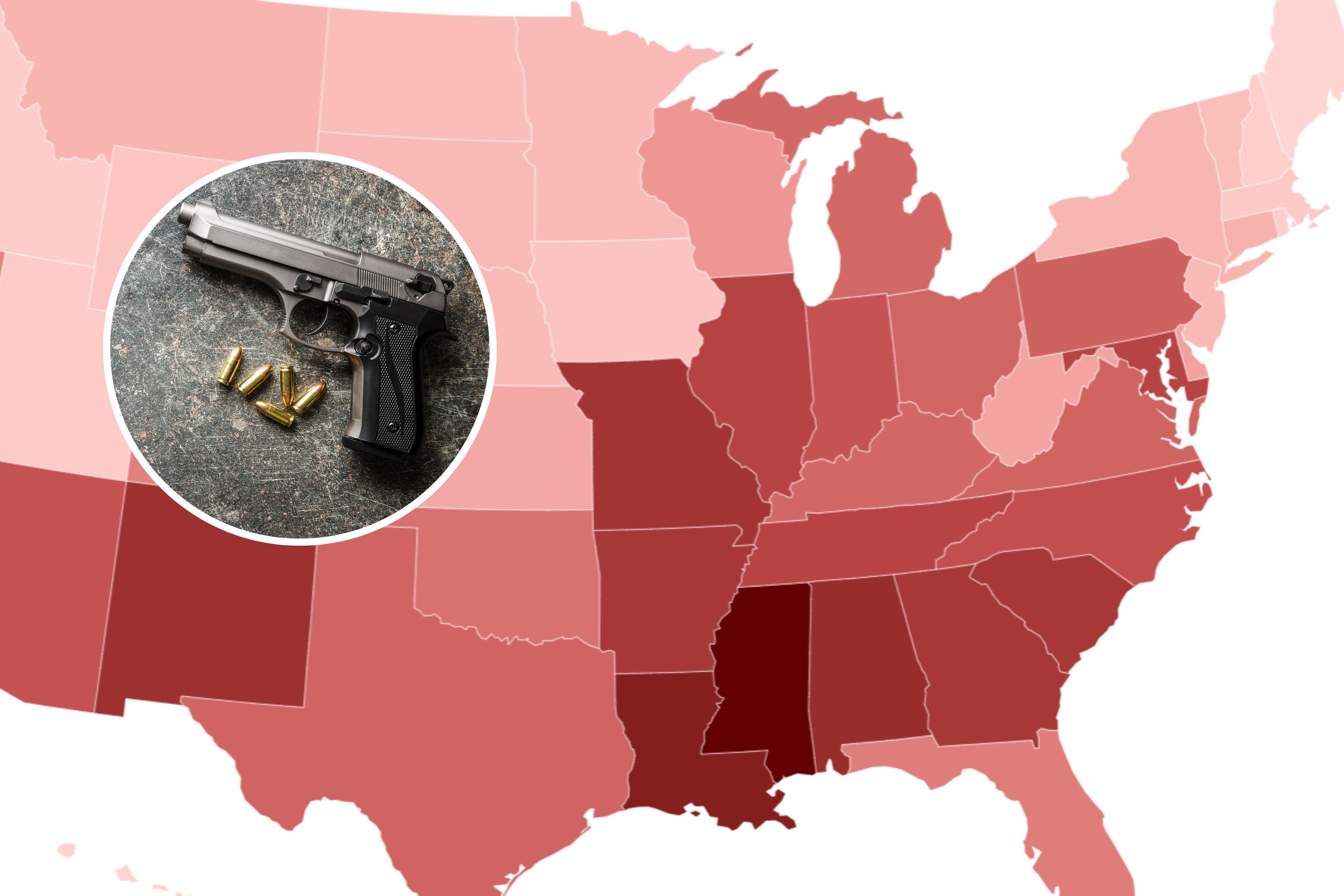The world's most potent and populous military alliance quietly celebrated a key spending goal this year, amid a painful rebirth in the face of resurgent Russian imperialism in Europe.
Moscow's full-scale invasion of Ukraine—its third invasion of a neighbor in 15 years—found NATO mostly willing but largely unprepared to support Kyiv in its war of survival. The 74-year-old alliance did not fold as President Vladimir Putin hoped, but has not mobilized as President Volodymyr Zelensky wanted.
The fierce backbiting of the alliance's "brain death" era—as described by French President Emmanuel Macron in 2019—is generally in the rear view mirror, though the possible return of former President Donald Trump to the Oval Office may portend renewed future turbulence.
Now, NATO has to deliver on its vow to back Ukraine and pivot to meet an untethered Kremlin. Such a transition is slow, and expensive.

Allied leaders agreed on two key 10-year spending targets at the Wales summit in September 2014. By 2024, they said, members would "move towards" or beyond spending 2 percent of GDP on their militaries, while committing 20 percent of annual defense spending to major new equipment and related research and development.
As the deadline approaches, the picture is mixed. The majority of NATO nations have still not reached the 2 percent threshold, much to the chagrin of those who have. NATO estimated that as of July 2023, all 31 member states had surpassed the 20 percent spending target; seemingly a big win for a bloc so often consumed by expenditure disputes.
Newsweek has contacted NATO by email to request comment.
"If you take the technical way of looking at those targets, 20 percent is as important as 2 percent," Fabrice Pothier, a former director of policy planning for NATO, told Newsweek. "It's not just about how much you spend, it's where you spend it."
"As the Russian war in Ukraine has shown, we really need to catch up in certain technologies, including electronic warfare, air defense and many others. So, from a purely defense technical point of view 20 percent is a big deal."
"It's not just about buying off the shelf, it's about renewing, modernizing and keeping the edge, including in adopting emerging technologies like AI."
NATO equipment has proven its edge over Russian technology in Ukraine. Even the alliance's older hardware is being used to devastating effect by Kyiv's forces. But Ukrainian and NATO leaders have been clear that Western weapons and munitions are too few and arriving too slowly.

This chart, provided by Statista, shows the estimated military spending of NATO countries in 2014 and 2023 and share of GDP.
The alliance needs to revive a military industrial base emaciated by the so-called "peace dividend" of the post-Cold War era, and by decades of low-intensity, counter-insurgency conflicts that dominated the first two decades of the 21st century.
"It's good news that all allies are now meeting that target," James Rogers, co-founder and director of research at the U.K.'s Council on Geostrategy think tank, told Newsweek. "That means that increasingly, shares of military expenditure are not being spent on things like personnel and pensions and all of those sorts of things."
"This is good to stimulate the defense industrial base within the Euro-Atlantic area and beyond," Rogers added. "Countries like Poland are buying a large share of their new military equipment from countries such as South Korea, and this is generally good for connectivities across the Atlantic-Pacific regions."
But even amid success, tough questions remain. "Where do you put this 20 percent?" Pothier asked. "Do you put it in developing some Europe-grown technologies like in air defense? This is what the French would like to do, to fill one of the biggest gaps in the NATO, and especially European, defense toolbox."
"Or do you go more for existing technology like the U.S. Patriot system and the Israeli systems, which is what Germany is proposing?"
"These debates, which can be quite technical, can become very political," he added. "If the two main European military powers go in different directions about where they want to put their money, you're not going to build that defense industrial base for certain technologies—like air defense systems—that will be robust enough to actually create the kind of mass of production that you need."

In such a case, Europe's main NATO powers will be "spread thin" by reliance on different technologies, Pothier said.
More targets will be needed. On NATO's eastern flank, leaders are already agitating for greater spending. "We are in a new security reality, and everybody has to do their share," Estonian Prime Minister Kaja Kallas told Newsweek in May, committing her small Baltic nation to spending at least 3 percent of its GDP on the military.
NATO's new era may yet need to be underpinned with new spending targets.
"These spending pledges were agreed in 2014 which was a much more stable time in relation to even now," Rogers said. "The strategic environment has deteriorated significantly since then."
Uncommon Knowledge
Newsweek is committed to challenging conventional wisdom and finding connections in the search for common ground.
Newsweek is committed to challenging conventional wisdom and finding connections in the search for common ground.
About the writer
David Brennan is Newsweek's Diplomatic Correspondent covering world politics and conflicts from London with a focus on NATO, the European ... Read more





